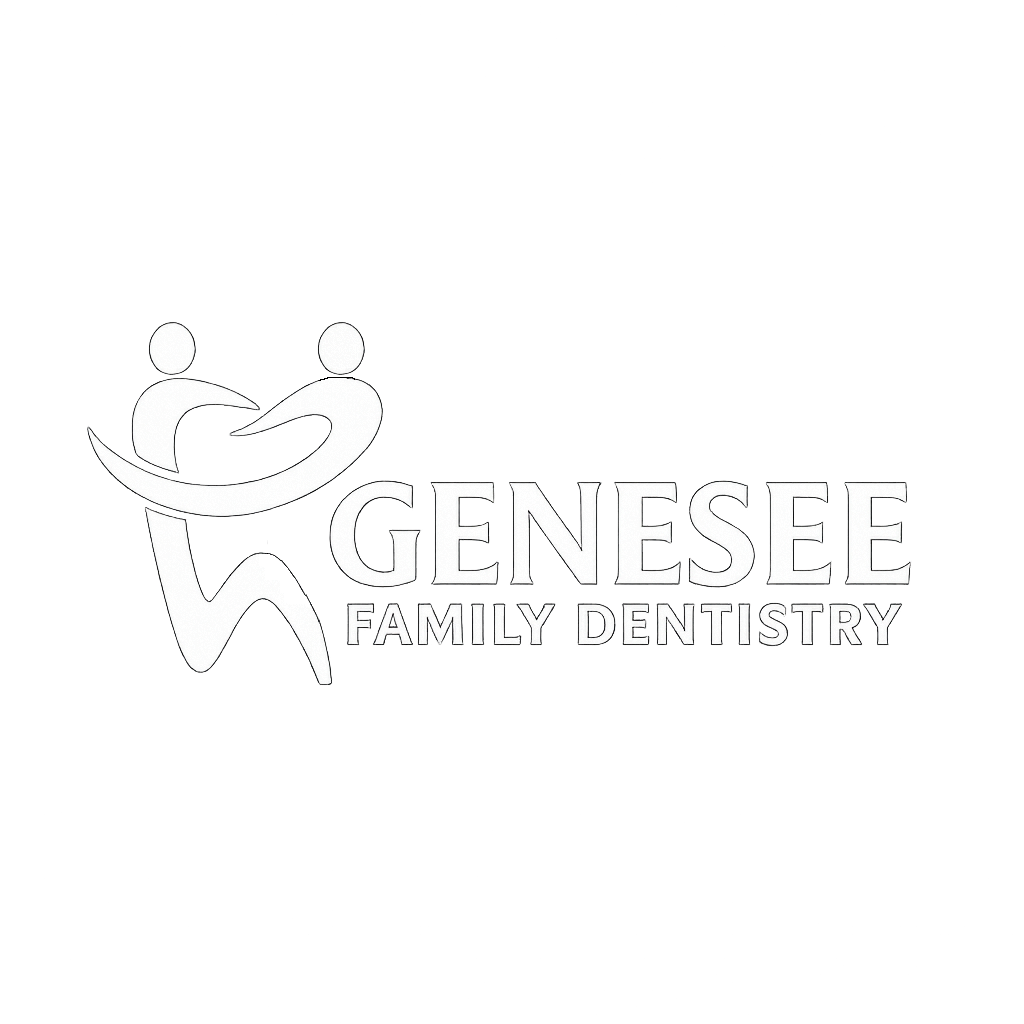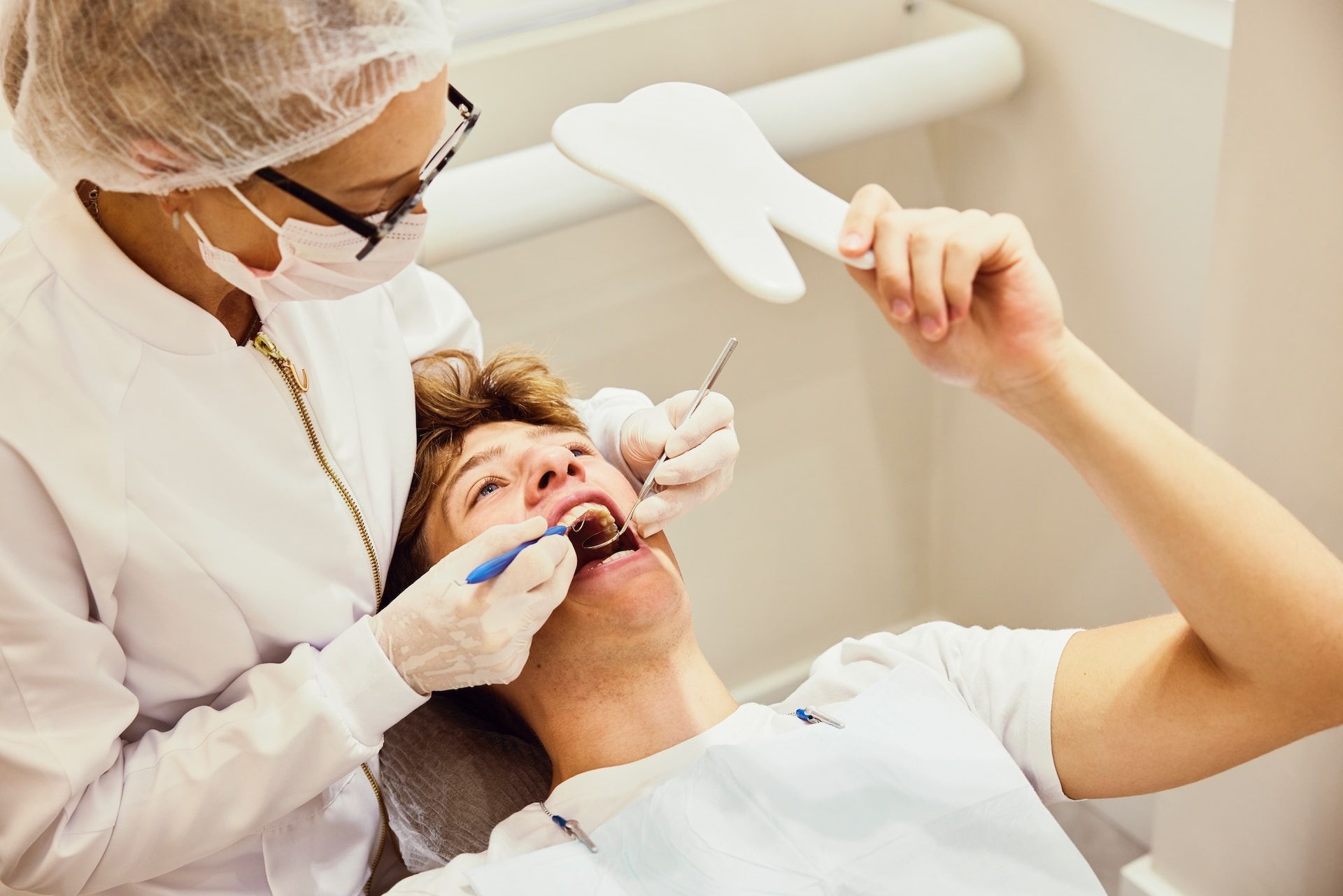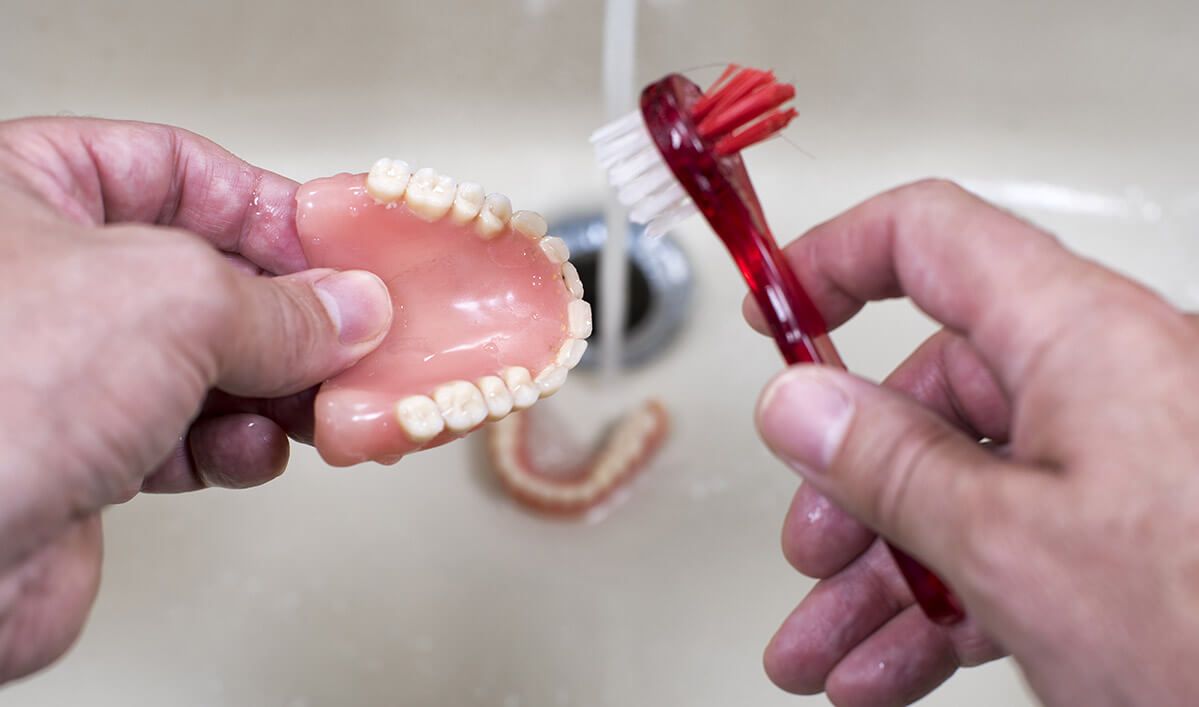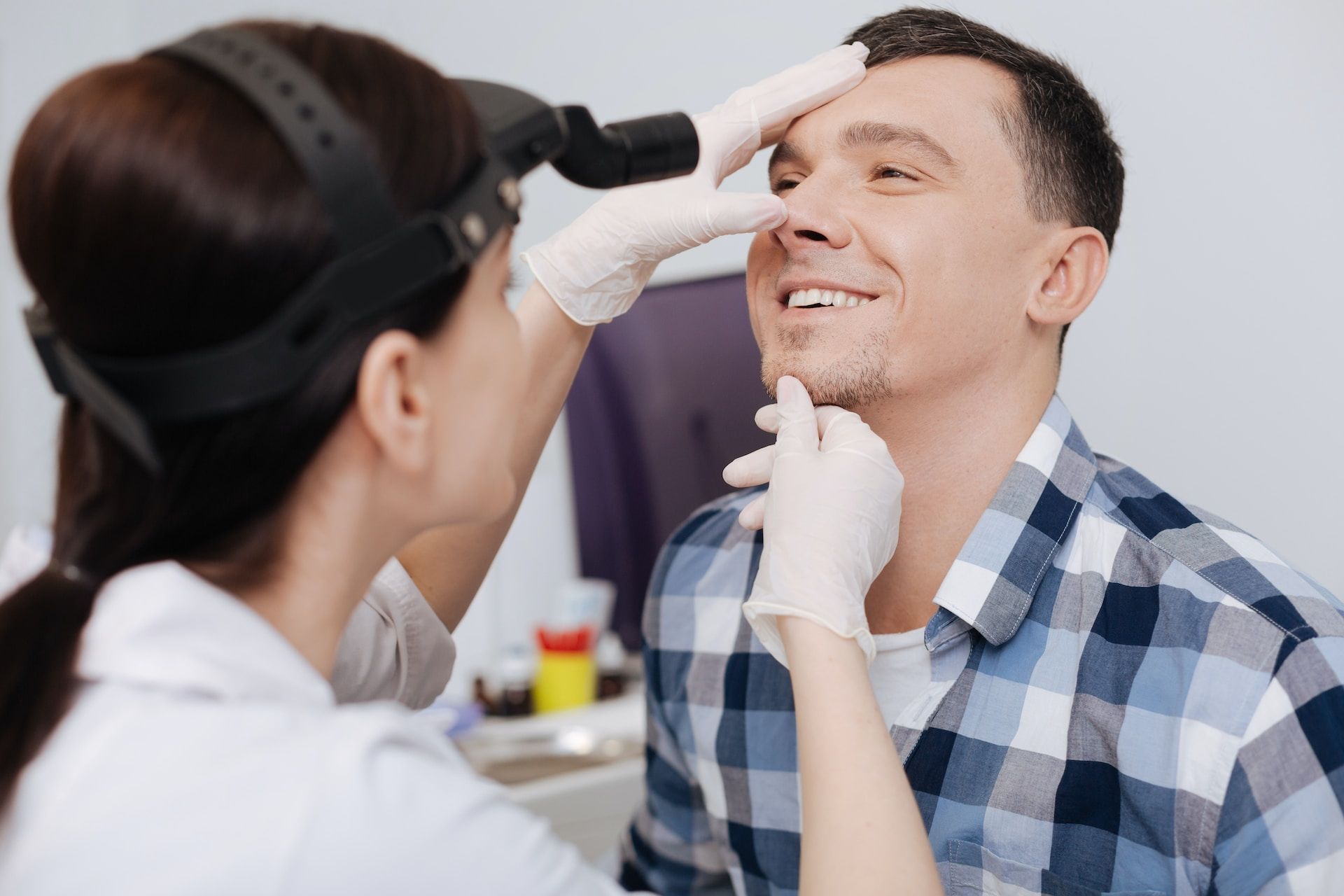A Modern & Comfortable Dental Experience in Flint
We provide high-quality dental care tailored for patients of all ages. Here, you’ll find a warm and welcoming environment offering the latest in technologically advanced dental care in Flint.



4.9/5 Average Rating
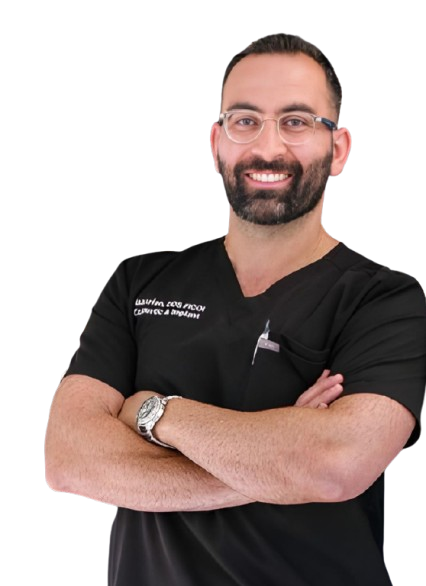
Book Your Appointment Today
About Us
Genesee County trusts us for comprehensive dental care services.
Looking for a dentist in Genesee County? Visit My Dental Home in Swartz Creek and Genesee Family Dentistry in Flint. We are working hard to go above and beyond for every patient who walks through our doors. Experience personalized and exceptional dental care with us. We are proud to be considered among the best dentist in Flint.
Our Vision
We aim to ensure everyone is most comfortable when in our practice. We strongly believe in individualized patient care.
Our Mission
The most up to date equipment, in a clean and clinical environment. We aim to ensure our practice feels premium and clean for all patients.
Who We Are
We are a modern dental and aesthetic practice, committed to providing expert advice. Our friendly team are welcoming and will be eager to greet you and help you with your concerns
- Dental Consultation
- Preventive Dentistry
- Restorative Dentistry
- Cosmetic Dentistry
“We are a modern dental and aesthetic practice, committed to providing expert advice. Our friendly team are welcoming and will be eager to greet you and help you with your concerns. We will treat every person as an individual, closely listen to your concerns, and provide the most personalized care. We will always aim for the highest standard to prevent problems and improve health.”
Years of Experience
Location Clinic
Certified Specialists
Satisfied Patients
Our Services
Explore Advanced Dental Care Services at Genesee Family Dentistry in Flint, MI.
At Genesee Family Dentistry in Flint, we understand the importance of teeth and faces. Our goal is to allow our patients to have confidence in their smiles and appearance.
A painless and highly effective way to achieve a whiter smile, Enlighten Whitening could be the perfect option!
Dental implants are permanent tooth replacements enhancing both oral health and appearance.
Opening Hours
We are available throughout the week. Following are our opening hours.
Fillings are treatments which are required to rebuild or repair teeth, especially when they have signs of decay.
Many people seek these braces either ceramic or metal, to enhance their smile and achieve better alignment.
Invisalign utilizes bespoke aligners to gently shift your teeth into the desired position with comfort and smile aesthetics.
Our Partners
Trusted Partners in Dental Excellence
The practice has been established for over 50 years, and the principal dentists are Dr. Rami Nazarian.








Why Choose Us
Discover Why Patients Trust Us with Their Smiles
We provide a range of dental services, from general dentistry, children’s orthodontics and aesthetic dentistry. We have highly trained dentists, hygienists and specialists, who can cover a broad range of treatment needs.
State-of-the-Art Technology
The recently refurbished interior boasts 5 treatment rooms, with the most modern equipment, and a clean clinical environment.
Experienced & Qualified Team
We have highly trained dentists in flint, hygienists and specialists, who can cover a broad range of treatment needs.
Comprehensive Dental Care
We offer a full range of dental services to meet your needs, from routine cleanings to advanced treatments.
Positive Patient Reviews
Our patients consistently praise our friendly staff, gentle care, and outstanding results—see why so many trust us!
Testimonials
See What Our Patients Are Saying
Patients consistently express high satisfaction with their dental care, praising the friendly staff and advanced technology. Positive reviews highlight comfort, professionalism, and noticeable improvements in their oral health.
Linda Hodges
I have been coming to these guys since I was a little girl and I feel like family here they are the absolute best and I love them
Ricky Berry

Janelle Peeler
Scott Ward
Latest Blog & Update
Stay Updated with Our Dental News and Advice
Explore our blog for expert dental tips, oral health news, and the latest in dental care innovations. Stay informed and keep your smile healthy with our regularly updated posts.
Teeth Whitening in Flint
A confident smile can make all the difference — and nothing boosts confidence like bright, white teeth. If…
Dentures in Flint | Full & Partial Dentures in Flint…
Are you missing teeth and searching for a reliable, affordable solution? If so, dentures in Flint may be…
Consider Dental Crowns Due to These 3 Benefits They Give…
Dental crowns are a popular type of restorative treatment that’s been used for many years to repair damaged…
Teeth Whitening in Flint
A confident smile can make all the difference — and nothing boosts confidence like bright, white teeth. If…
Dentures in Flint | Full & Partial Dentures in Flint…
Are you missing teeth and searching for a reliable, affordable solution? If so, dentures in Flint may be…
Consider Dental Crowns Due to These 3 Benefits They Give…
Dental crowns are a popular type of restorative treatment that’s been used for many years to repair damaged…
Sleep Apnea: Understanding its Causes and Possible Dental Treatments
Sleep apnea is quite a common but potentially serious sleep disorder wherein breathing is repeatedly interrupted during sleep.…
FAQs
Answers to Your Dental Questions
Our FAQ section answers common questions about dental procedures, insurance, appointments, and aftercare. Find helpful information to make your visit smooth, comfortable, and stress-free every step of the way.
Regular dental check-ups are essential for maintaining a healthy smile. We recommend visiting your dentist every six months for a comprehensive examination and professional cleaning. These routine visits help detect and treat dental issues early, keeping your teeth and gums in excellent condition. If you're due for a check-up, schedule a visit with a dentist in Flint at Genesee family dentistry to stay on top of your oral health.
Your comfort and well-being are our top priorities. During your initial visit, you’ll be greeted by our front office concierge, have a consultation with dentist, undergo necessary imaging, and receive a basic cleaning. We’ll also discuss any findings and potential treatment plans. Know more about your first visit
Genesee Family Dentistry strives to make dental care accessible and affordable. We accept a variety of insurance plans and are always ready to assist you with claims and paperwork. Our team is here to discuss all available payment options and plans, ensuring you receive the care you need without financial stress.
Yes, we proudly offer emergency dental services in Flint to provide prompt relief when you need it most. Whether you're experiencing severe tooth pain, a broken tooth, or another urgent issue, our team is here to help—quickly and compassionately.
Improving your oral hygiene at home is simple and highly effective with a few consistent habits. Brush your teeth twice a day with fluoride toothpaste, floss daily, and use an antibacterial mouthwash. Maintaining a balanced diet and limiting sugary snacks also supports healthier teeth and gums. Regular checkups help ensure your efforts are paying off!
Offering Flexible Hours at our Flint Dental Office
Your time is valuable; that’s why we strive to accommodate your busy schedule and offer flexible hours, including evening appointments after your busy workday.
Whether you’re seeking routine care or need an emergency dentist in Flint, Book an appointment today to enjoy advanced, compassionate dentistry in Flint, MI.
Join our dental family and experience care designed just for you!
